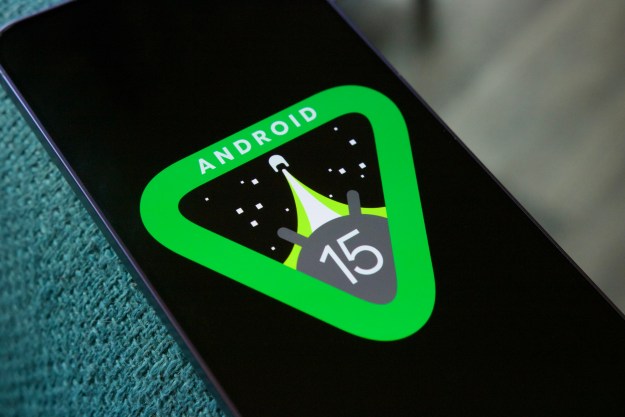Although diversity has always been touted as one of the benefits of the Android ecosystem, in reality that has also translated to “fragmentation,” with different devices and operators running different versions of Android with varying capabilities, making the platform something of an amorphous, moving target for both developers and consumers. However, the Android universe seems to be making some progress on that front: according to new figures from Google, during the first two weeks of March some 61.3 percent of Android devices that tapped into the Android Market were running Android 2.2 “Froyo.” Android 2.1 was the next most-common version, accounting for 29 percent of devices, and the still-older Android 1.6 and Android 1.5 accounted for 4.8 percent and 3 percent, respectively.

Google’s latest release, Android 3.0, accounted for just 0.2 percent of the systems connecting to the Android Market.
The figures show that the Android ecosystem is making some progress on updating users to new versions of the operating systems. Although some devices will never receive Android upgrades—like Motorola’s Cliq XT—and other devices (from, say, Samsung) saw substantial delays getting Froyo updates, devices seem to have been catching up with the rest of the Android universe. In November of last year, only 36 percent of Android devices were found to be running Froyo; by January, Google says about half the devices connecting to Android Market were running Froyo.

Editors' Recommendations
- The best tablets in 2024: top 11 tablets you can buy now
- Every Android tablet we’re expecting in 2024
- How to find your lost phone (tips for iPhone and Android)
- The 6 biggest announcements we expect from Google I/O 2024
- How to download the Android 15 beta right now
